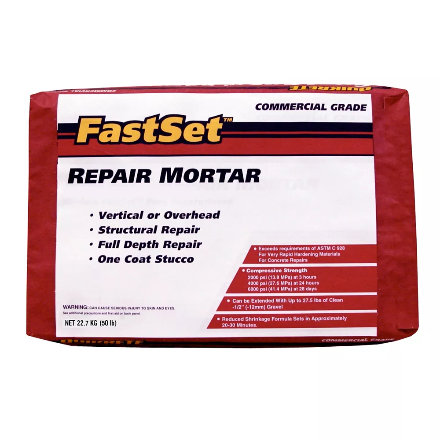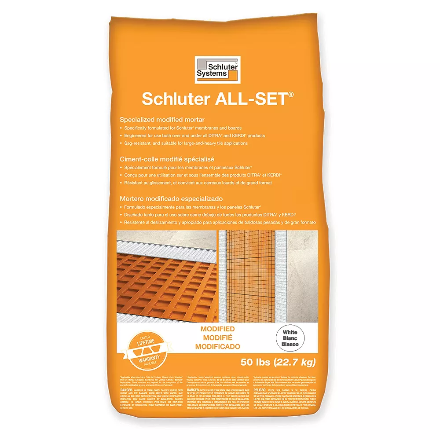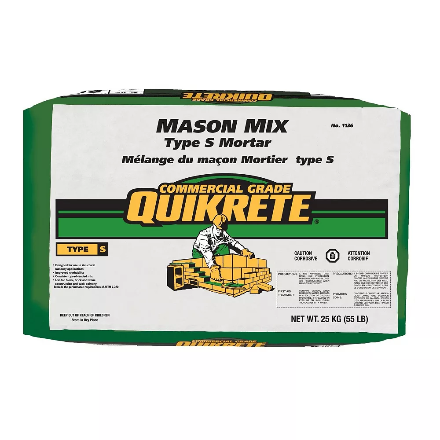Mortar is a really neat set of materials that is commonly used in landscaping here in Victoria. With many people preferring masonry structures both inside and outside of their residences, different types of mortar are used.
This guide is intended to offer a quick explanation to a few of the commonly used types of mortars, what their strengths are, and thus what they should be used for.
Types of Mortar?
But they all look the same! Aren’t they the same thing as cement and concrete and just this gooey grayish thing that turns hard after a while? Well yes and no.
Many types of mortar are a mixture of Portland cement, aggregates, and water. The water allows there to be a set of chemical reactions that cause the various parts of the mortar to bind. This takes up to a month in good weather, that is, above 4 Celsius, and not soaking wet nor bone dry. By 72 hours, regular mortar will have set to about half strength. There are also quick set varieties, which can set in hours, rather than days or weeks, but are more expensive.
The most commonly used types of mortar here in Victoria are Type N, Type S, and “Thinset”.
Type N can be found at places like Canadian Tire, Home Depot, and Lowe’s. Type S is slightly harder to find. The main difference is that Type N is for structures above ground whereas Type S is for structures at or below ground level. Type S mortar has higher tensile strength, that is, it’s better at holding things together than type N. This is due to the different mixtures of cement and aggregate used in the mix.
However, for structures such as stone veneers and tiles, where you need maximum “glue” capability or highest tensile strength, you want thinset. Thinset is far more expensive than Type N or Type S mortar but due to the polymer (that is plastic) aggregates imbedded, they have the highest bonding strength. This is what holds the pieces of stone up and keeps them from falling down on a veneer. Think of it as the superglue of the mortar world.
If you tried to use Type N or Type S mortar on veneer, the pieces will slide or fall off in no time. That is why it’s vitally important to pair the correct mortar to the right job.
Safety
Anything with cement is very corrosive. That’s why it’s important to wear protective masks to filter out the dust as well as gloves and goggles to protect one’s body from coming into contact with the dust. When the dust mixes with moisture in the air and on your skin, they will start to react and corrode the surface. Always read the bags for safety instructions.
Mixing
When mixing mortar, follow the instructions on the container. The consistency of the mortar should be such that it won’t fall of your trowel when held sideways at 90 degrees but you not see any lumps either. It should be of a buttery consistency. On a hot day, the mortar should be kept moist with occasional additions of water to keep that consistency. Tools and containers should be rinsed and cleaned off with water before it hardens.
Right Tools for the Right Jobs
The main thing like with any project is to use the right materials and tools for the right jobs. To achieve that, one needs a basic understanding of what is available and what your needs are. If you are looking to have a masonry or landscape project done in Greater Victoria, feel free to contact us.


